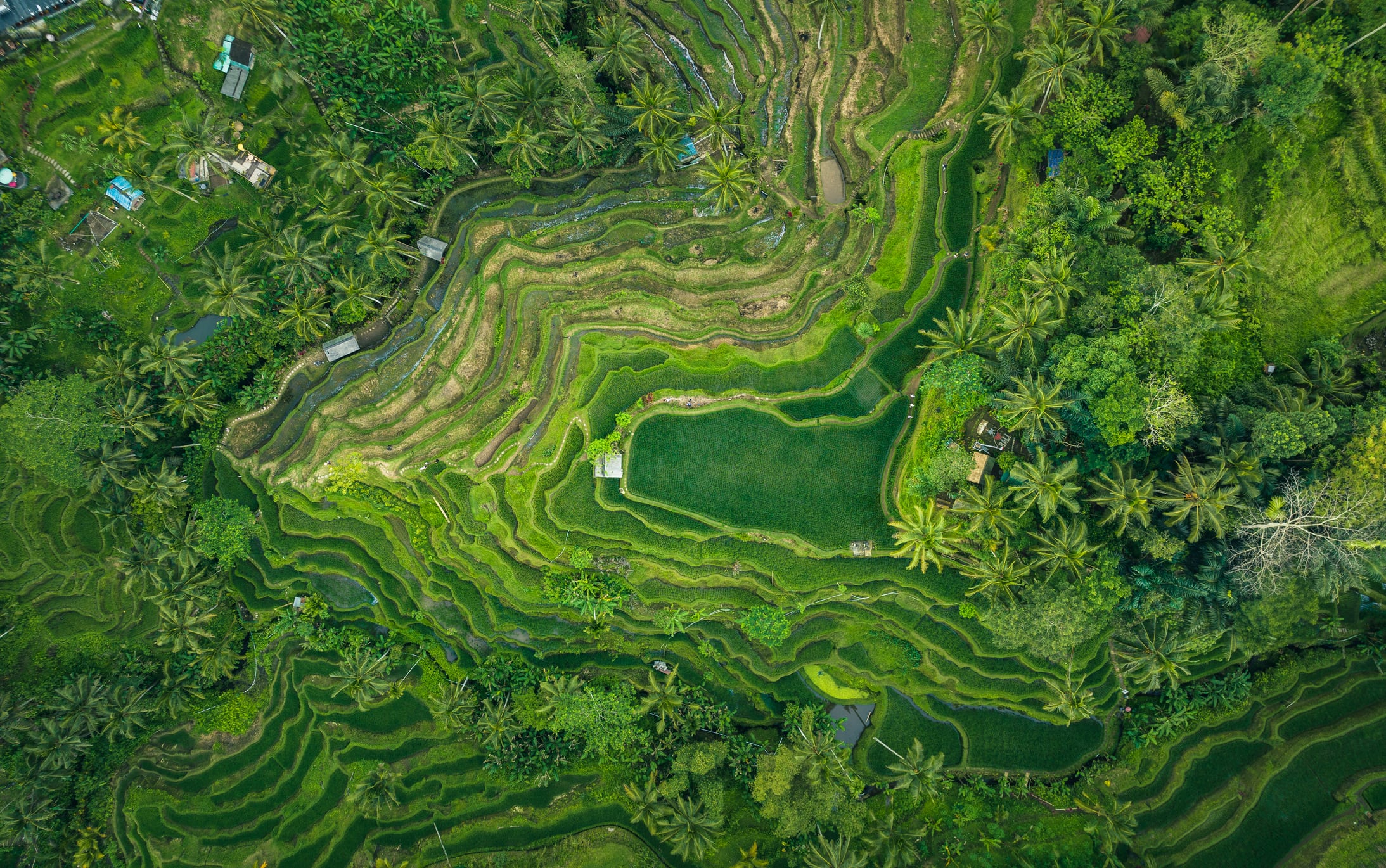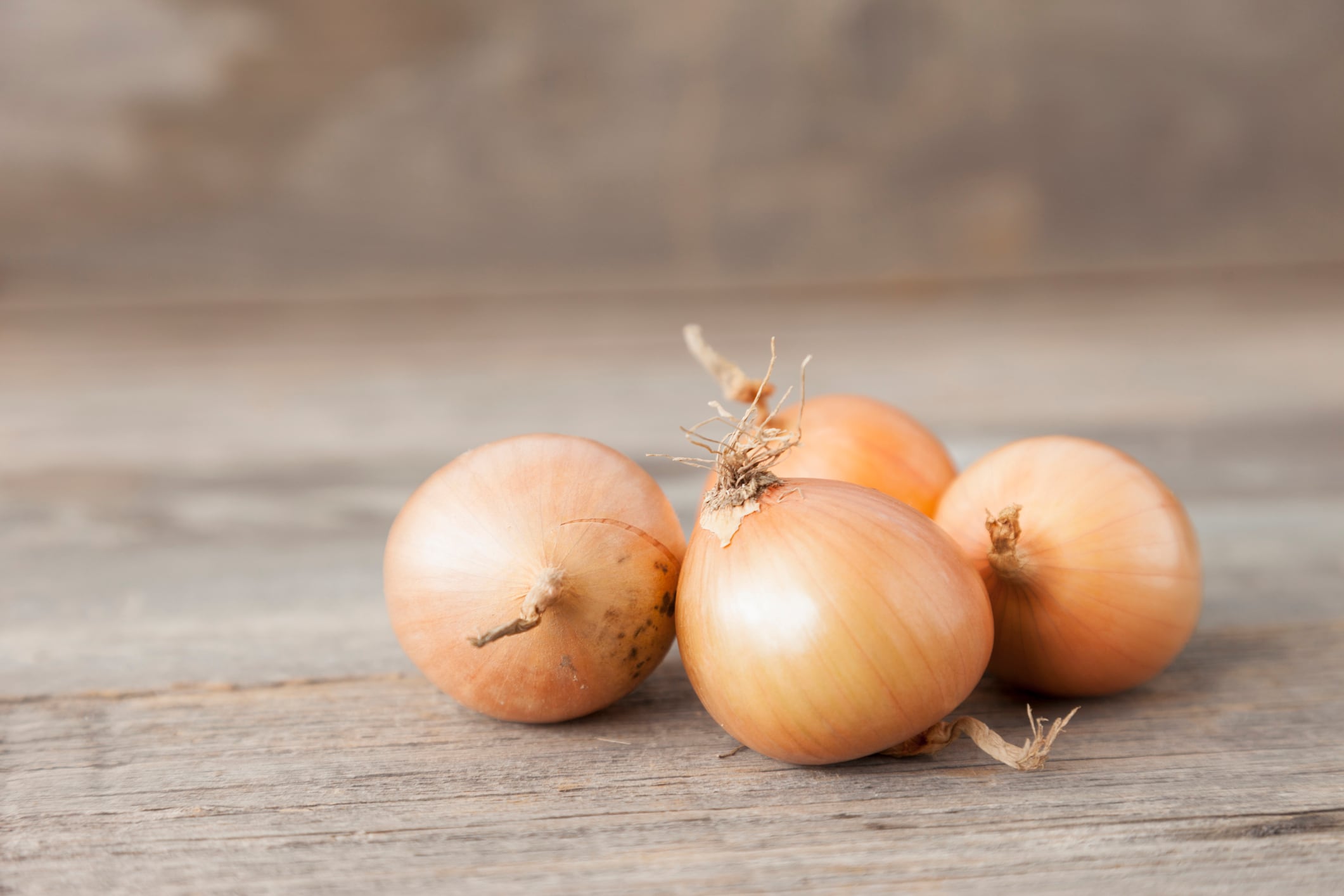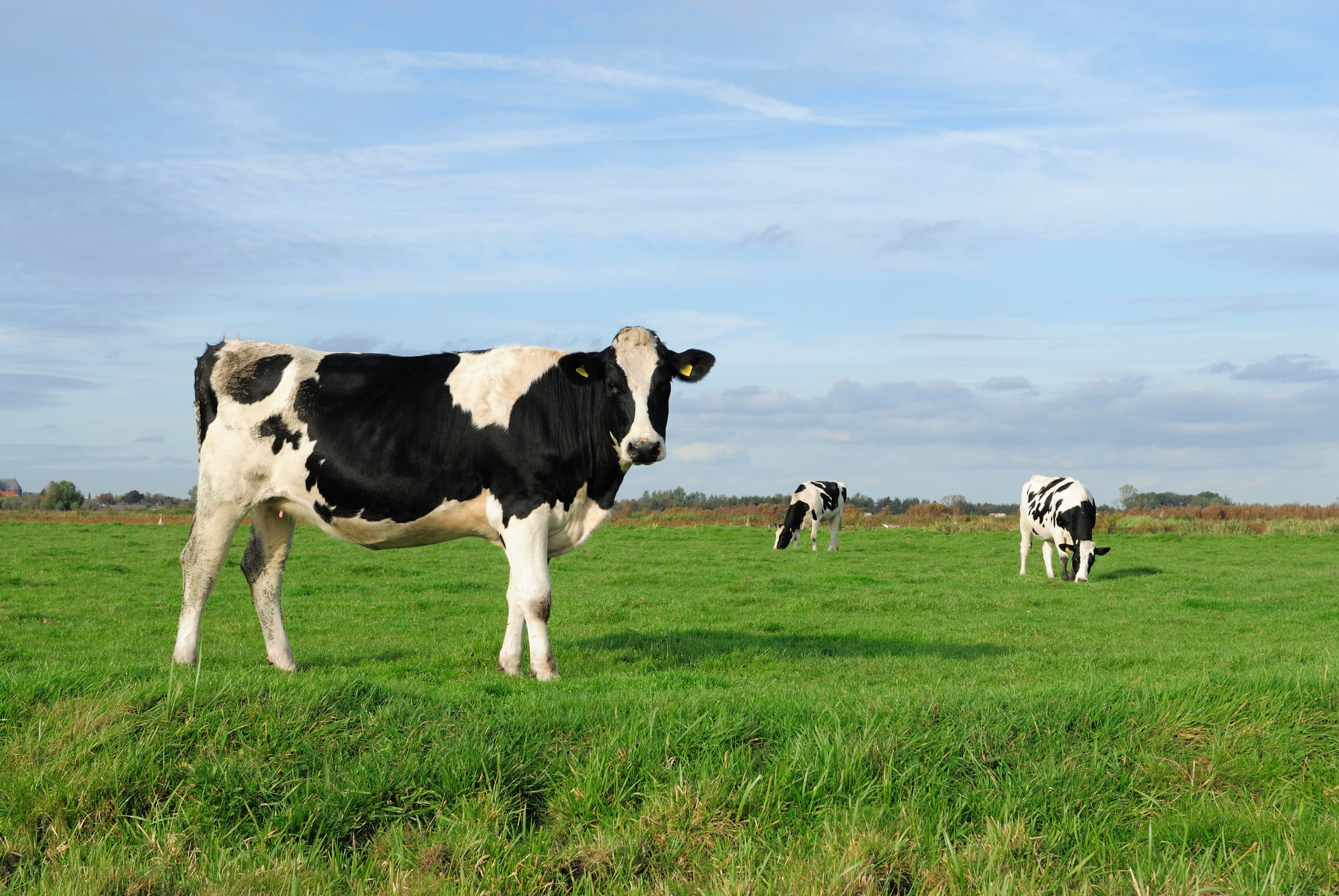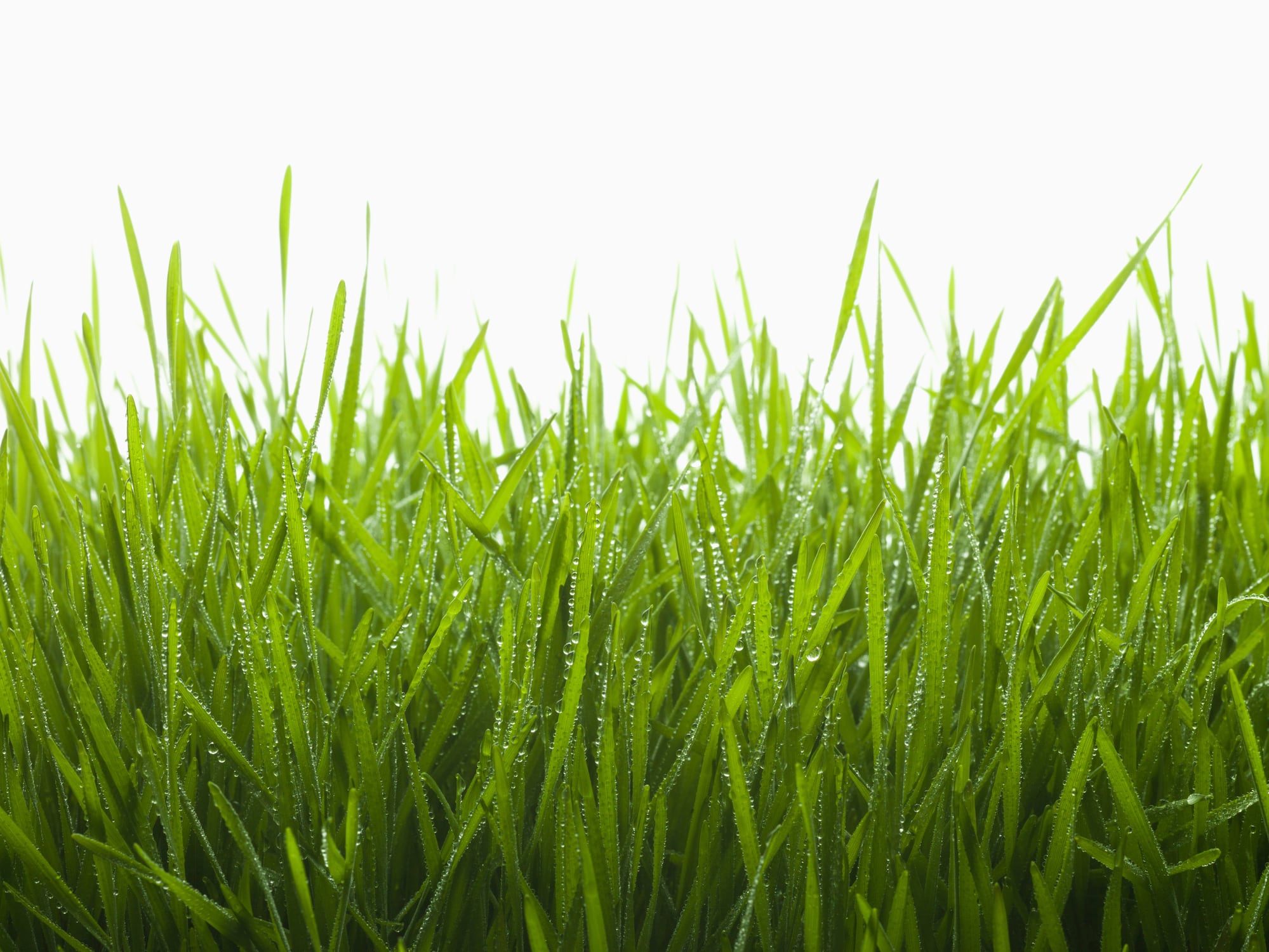Around half of the world consumes rice daily. For them, rice paddy fields are an enduring imagery of nourishment and tranquility.
However, the truth is that the flooded paddies that give the landscape its shimmering quality also create anaerobic conditions for bacteria to thrive and release methane.
“Rice is the most consumed crop globally. Half the world eats rice every day. It’s the highest emitting crop — one gigaton of greenhouse gas emissions annually, which is similar to the global aviation industry. It consumes almost 30% of global fresh water. Environmentally, there’s a lot of challenges with the way that rice is grown right now. And yet, there’s not a lot of people working to decarbonise rice,” said Xavier Laguarta, co-founder, Mitti Labs.
Mitti Labs supports Indian rice farmers in practicing sustainable agriculture and monetising their efforts with carbon credits rated by carbon rating agency Sylvera.
Speaking to AgTechNavigator, Laguarta said the firm’s goal was to make most rice farmers in the world climate smart farmers.
While the firm is confident that it delivers the highest-quality carbon credits and projects in the rice industry, it is hampered by rice farming’s climate impact.
Laguarta emphasised that consumer awareness is even more critical than corporate stakeholder engagement in driving sustainable change.
“We speak to rice companies, traders, large agriculture firms, and carbon credit buyers – those that are one degree away from us. What we don’t have time or resources for is broad consumer outreach, even though consumers are the ones driving demand. For me, the dream would be for media and government organisations to help push this message – not by portraying rice as a negative, but by highlighting its climate impact and the opportunity for sustainable solutions.”
A ‘Cowspiracy’ for rice farming?
He pointed to cattle farming as a parallel example of a previously overlooked climate challenge that became a major focus for emission reduction and sustainable innovation.
A major driver of this climate discourse were high-profile documentaries like Cowspiracy, which explored the impact of animal agriculture on the environment.
“Yes, what we need is a documentary. But it would not be about how rice is ‘bad’ but an opportunity. Anything that is bad now can become a climate opportunity. When companies looked at how to reduce methane emissions from cows, it turned from a negative to a big climate solution – that is a big win. Finding the worse culprit is the way to solve it and rice is a big culprit.
“Rice is not going to go away, we can only support farmers in how they change how they farm rice, so that it becomes a positive rather than a negative.”
Expansion on the horizon
The two-year-old climate-tech startup is backed by Lightspeed and Voyager Ventures.
It developed a rice-specific dRMV platform that combines SAR technology, AI and field data.
The platform monitors and verifies the uptake of methane-slashing farming practices in near real-time and at the individual farm level, offering full transparency.
In April, the company announced it successfully registered its first large-scale project to deliver high-quality carbon credits under Gold Standard’s newest rice methane reduction methodology.
It will begin issuing its high-quality carbon credits in this summer.
Laguarta said the firm was at its “expansion stage”.
In the next two years, the firm is set to onboard 300,000 Indian rice farmers to climate-smart rice in the next two years.
According to the firm, the company’s projects will reduce 1.5 million tonnes of CO₂e annually and save nearly 400 billion litres of water each year, the company claimed.
Moving forward, it will look to expand its projects to South East Asia, such as Cambodia.





